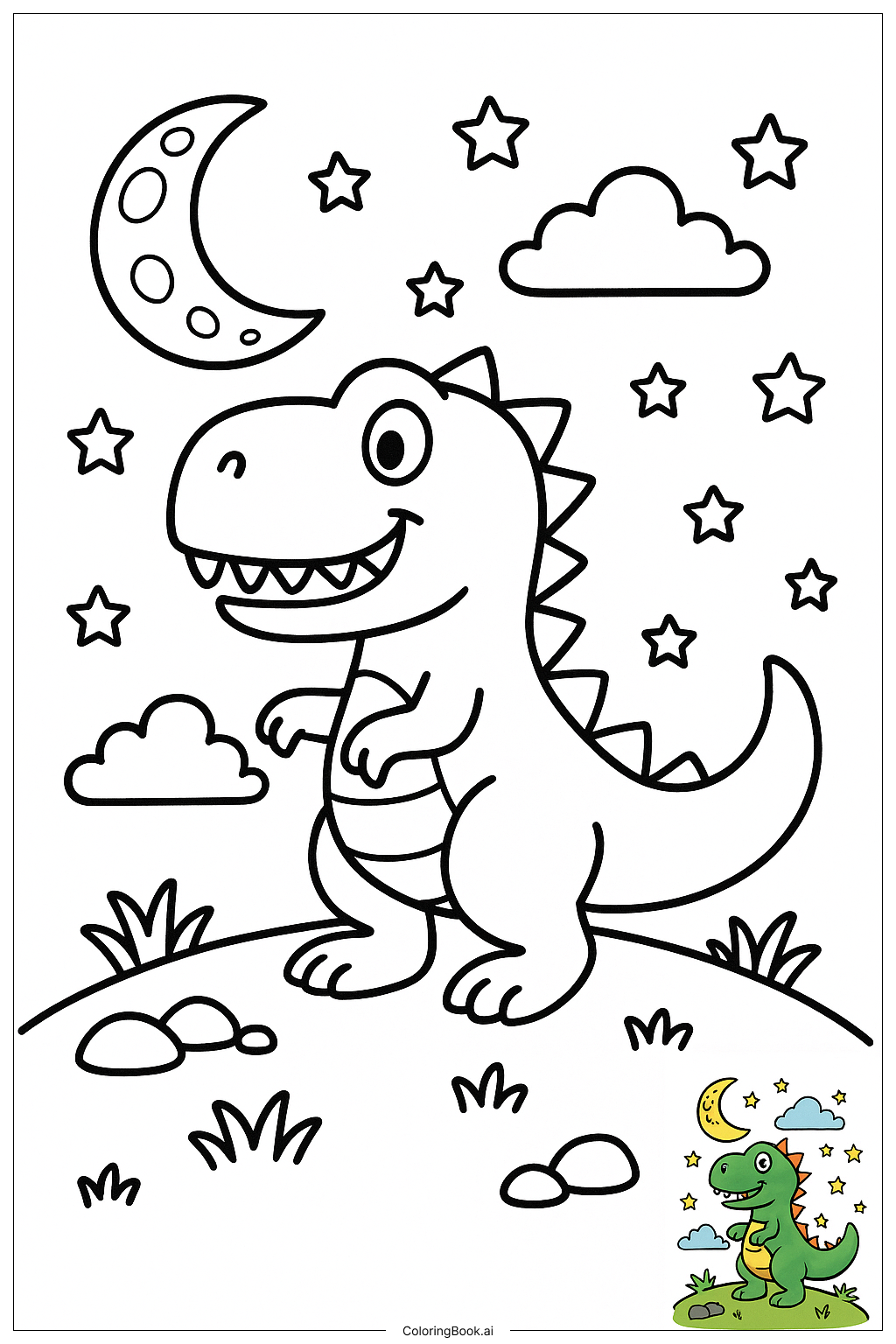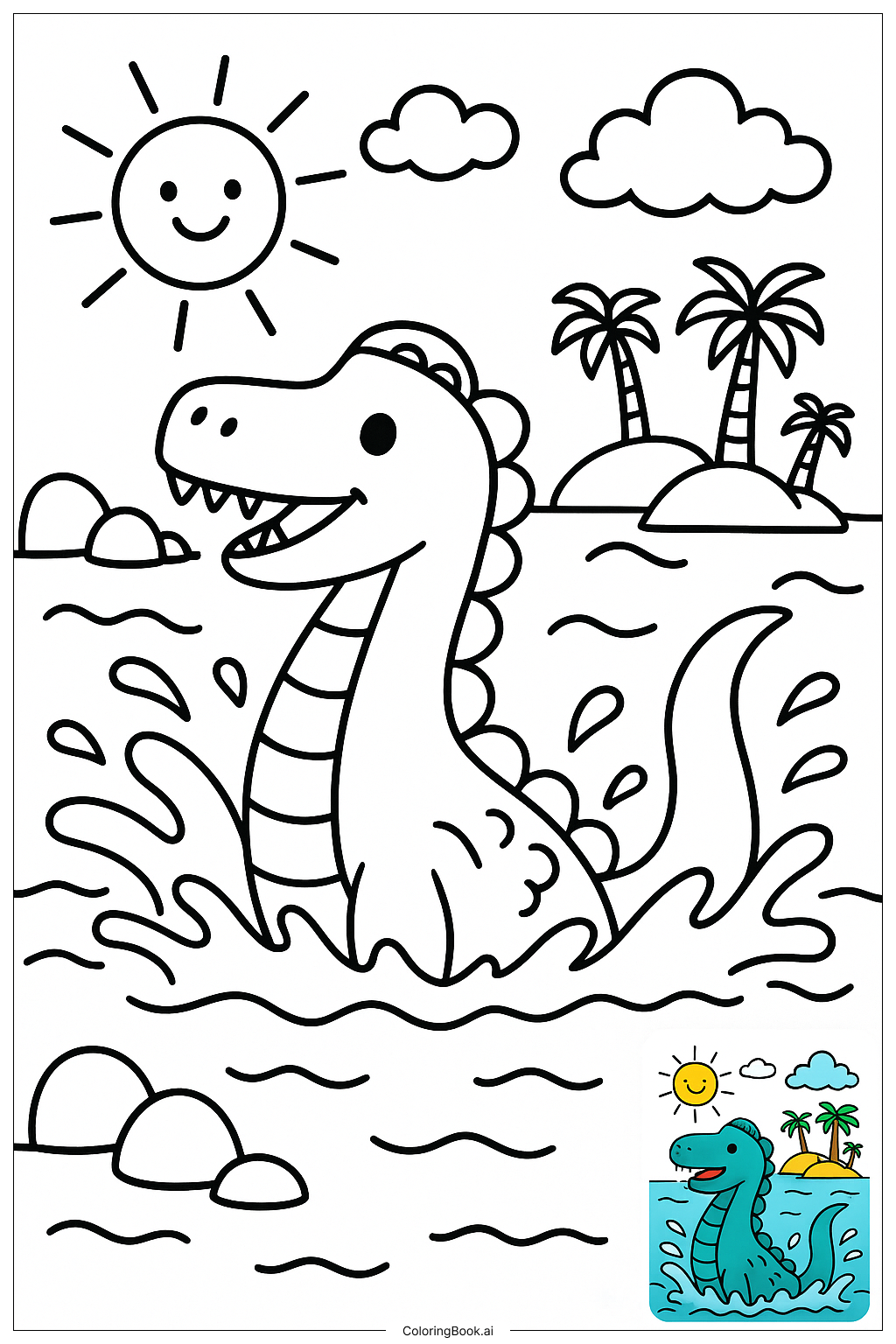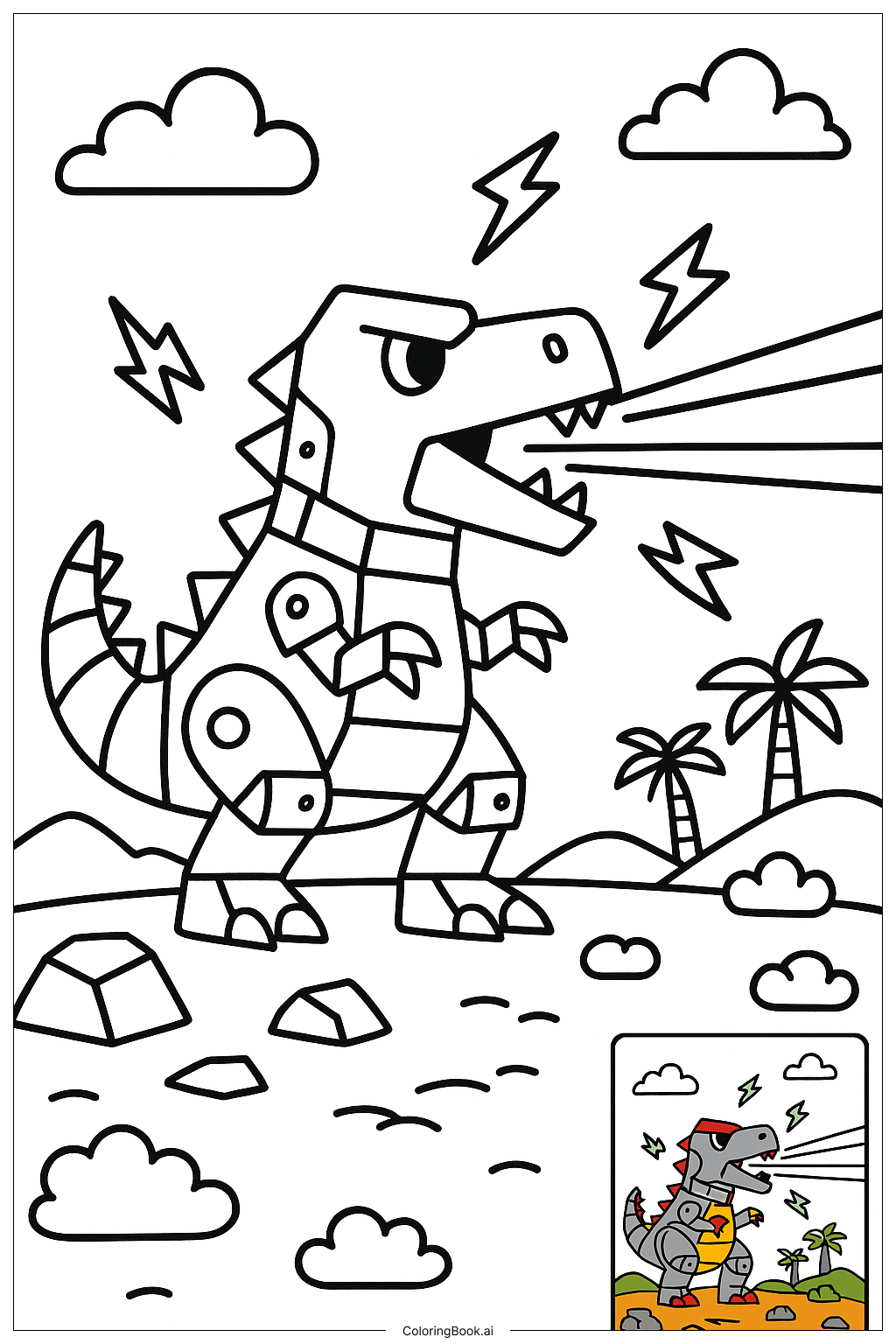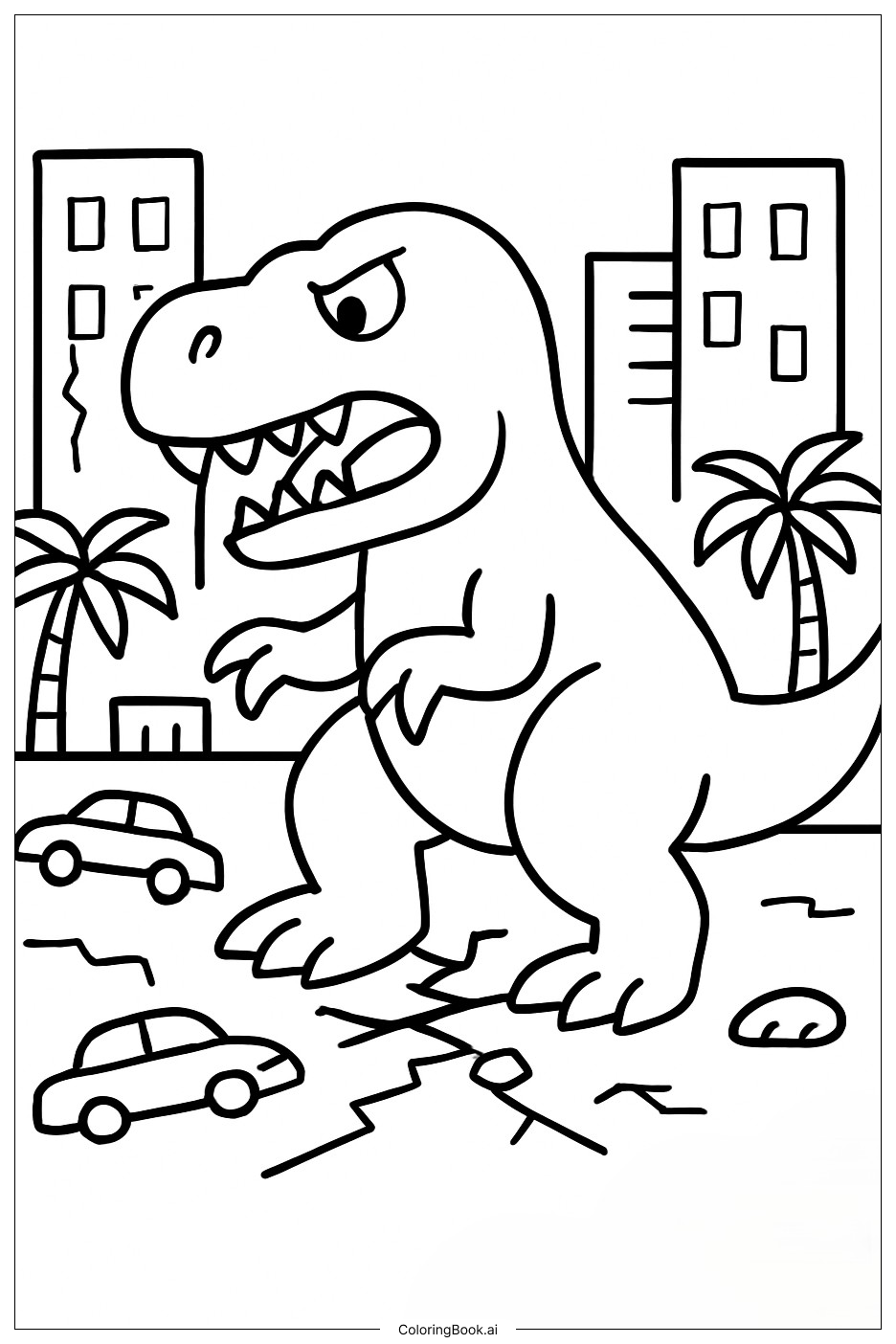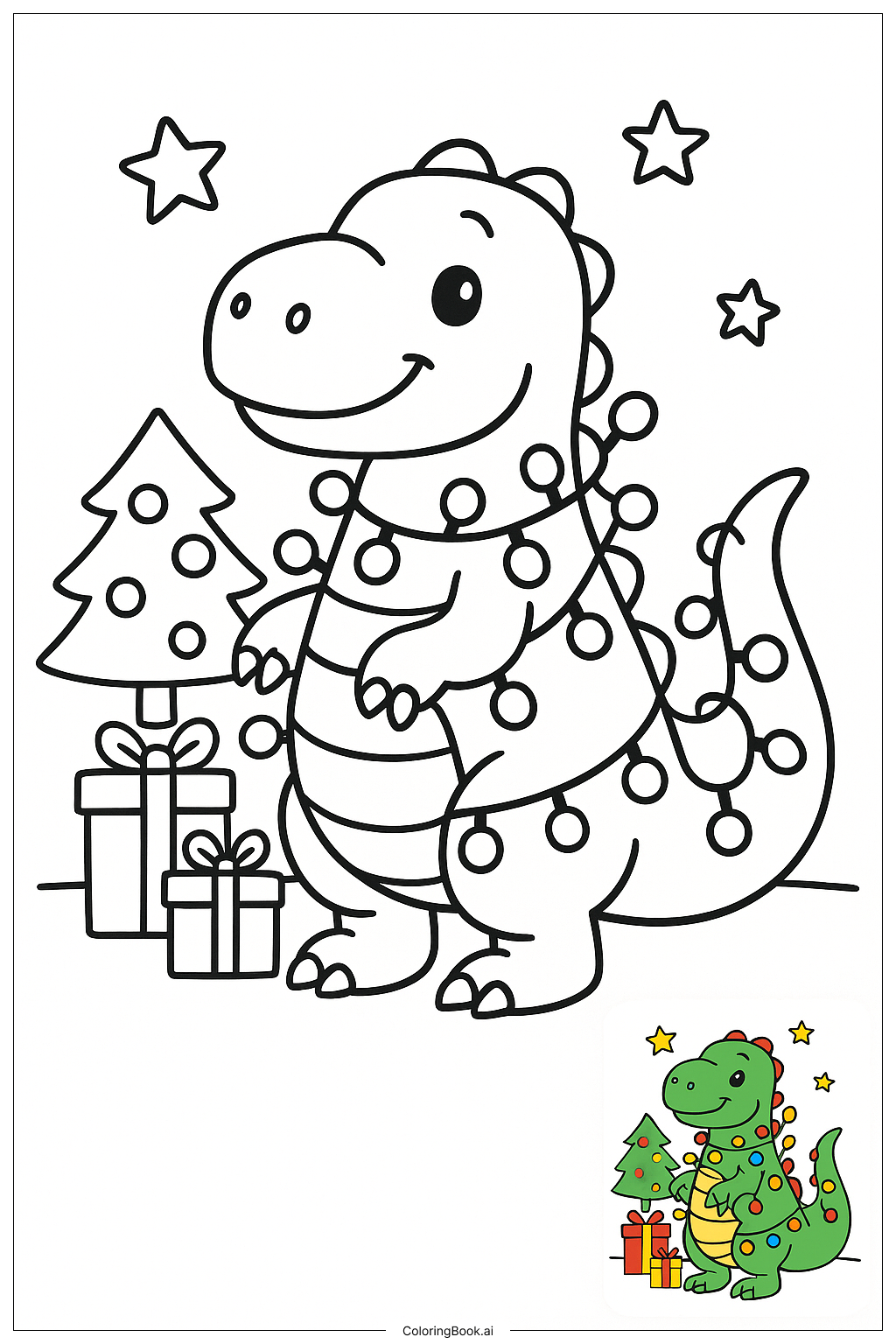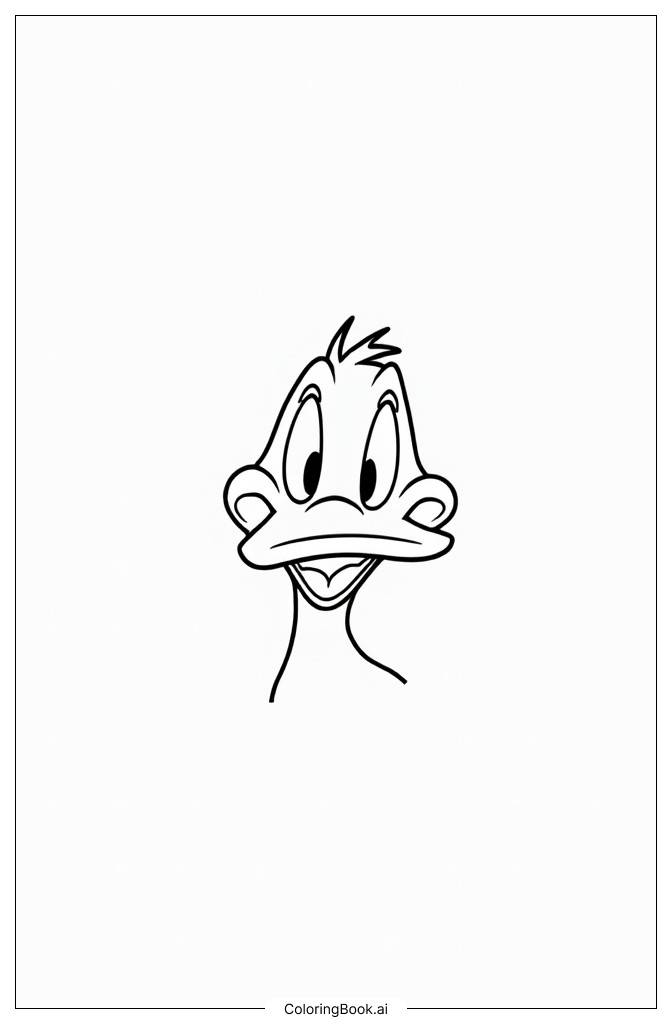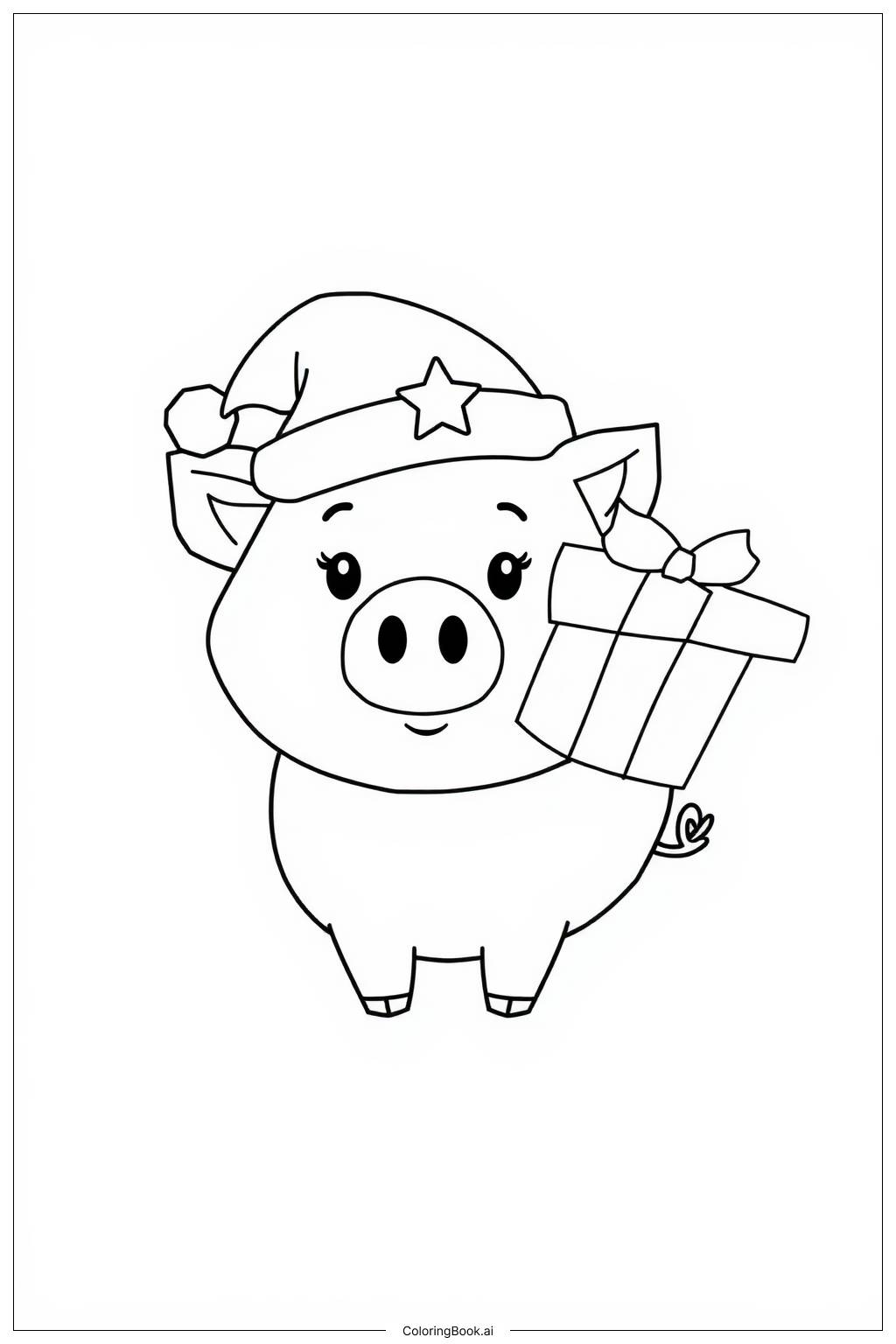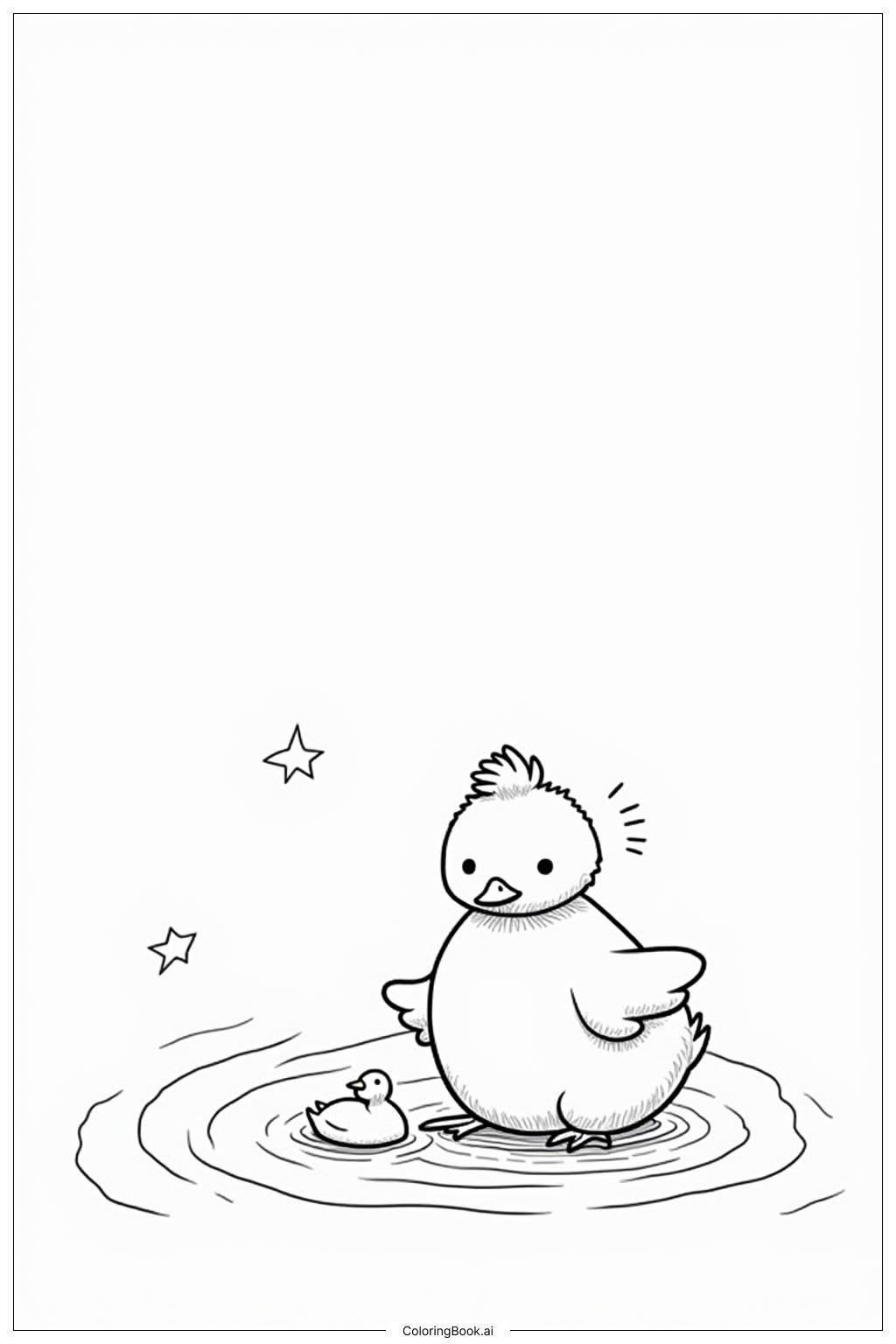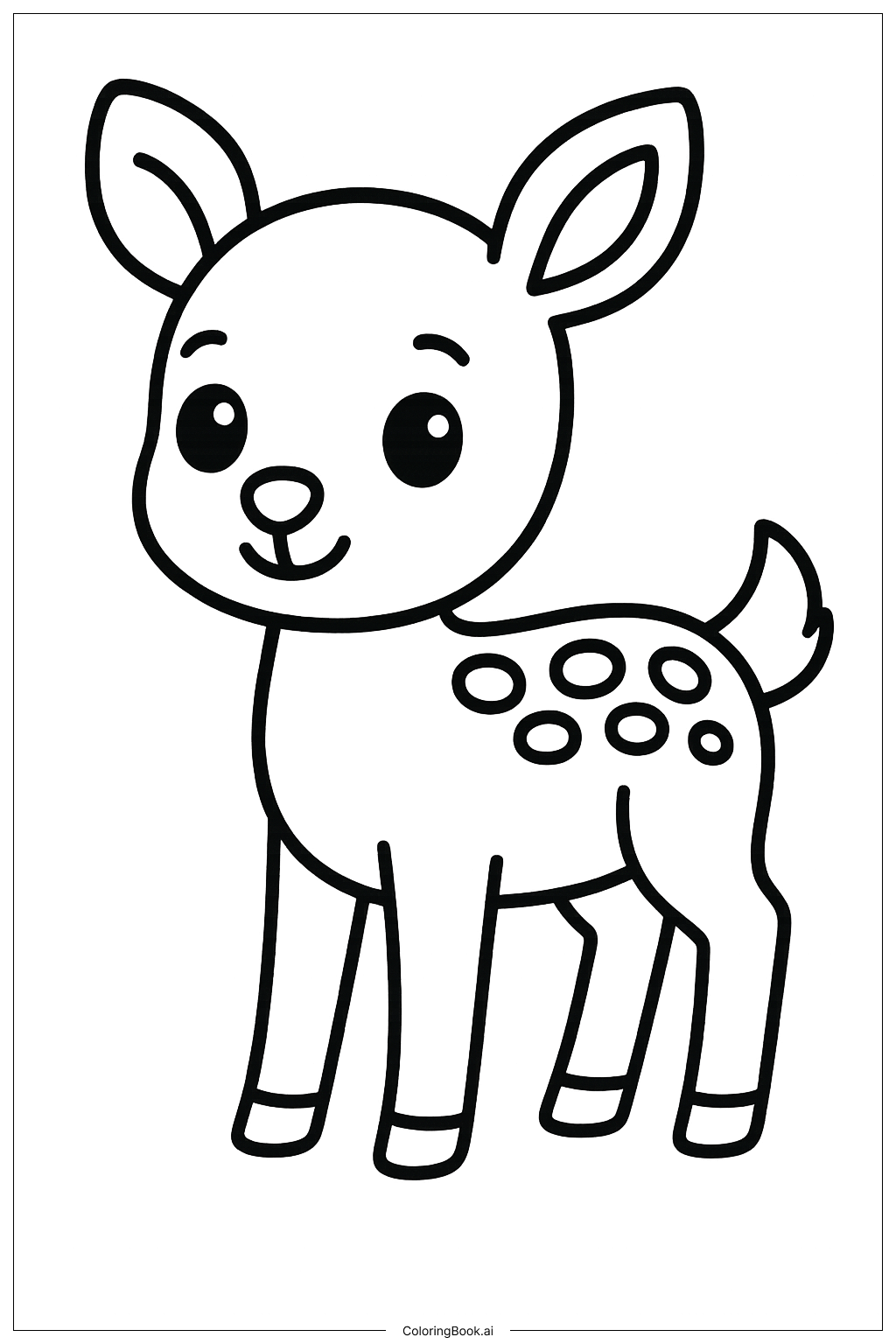Coloring tips: How to color Dinosaur With Starry Night Sky coloring page well?
When coloring this page, consider using bright green for the dinosaur's body to make it lively. The spikes on its back can be colored orange or red to add contrast. The moon can be painted yellow with some light shading to show its curves. Use different shades of blue or purple for the night sky, and color the stars in bright yellow or white. The clouds can be soft gray or light blue, and the grass can be in different shades of green for variety. Rocks can be gray or brown. Use lighter colors for the moon and stars to make them stand out against the dark sky.
Coloring challenges: Which parts are difficult to color and need attention for Dinosaur With Starry Night Sky coloring page?
1. Coloring the small stars can be tricky because they are tiny and require careful attention to stay within the lines. 2. The dinosaur’s spikes and its body need careful coloring to avoid overlapping colors and keep the dinosaur looking clean and distinct. 3. Balancing the colors of the night sky, moon, and stars can be difficult to make sure the picture looks harmonious and not too dark or too bright. 4. Coloring the grass and rocks in different shades without blending too much can be challenging for young colorers. 5. Maintaining neatness on the dinosaur's arms and legs, which are small and close together, may require careful coloring skills.
Benefits of coloring books: Advantages of drawing Dinosaur With Starry Night Sky coloring page
Coloring this image helps children improve their hand-eye coordination and fine motor skills by coloring small and large areas carefully. It encourages creativity by allowing kids to choose colors for the dinosaur and the night scene. It also teaches patience and focus as they work on tiny details like stars and spikes. This activity can be relaxing and fun, offering children a calming way to express themselves. Coloring night scenes can also stimulate the imagination, making kids think about space and nature.
